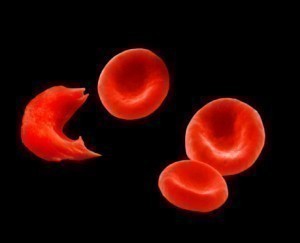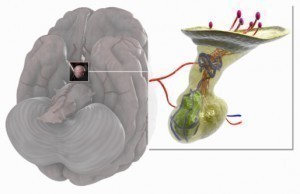Parkinson’s Disease
Parkinson’s disease is a degenerative disorder that affects the central nervous system which progressively causes deterioration of functions such as motor skills and speech. It is classified within the group of movement disorders. It characteristically produces tremor, slow physical movements, muscle rigidity and in severe cases the inability to move altogether.
Causes
The cause of neurodegeneration in Parkinson’s disease is still unknown. However the manifestation of the symptoms have been attributed to specific occurrences in the brain.
The underlying cause for the primary symptoms is as a result of reduced stimulation of the motor cortex by the basal ganglia. This occurs because of a reduction in the level of production and function of dopamine which is manufactured in the dopaminergic neurons within the brain.
There are also instances of medications that not only exacerbate the condition but may also cause some of the symptoms.
Usual Characteristics of Parkinson’s Disease
There are characteristics which are generally seen in Parkinson’s disease which include:
Involuntary trembling
Muscle stiffness and or rigidity and a decreased ability to move quickly or produce impulsive movements
Alterations in gait which causes a pronounced bending in the body when walking.
Difficulty balancing
Symptoms
The development of symptoms may span several years, it is not unusual for a patient to not recognize all the signs that indicated the presence of the disease. It is more likely to recall the onset of a tremor than most other manifestations of inhibited motor coordination because of its distinguishable quality.
Symptoms may include but are not limited to:
- The inability to swing both arms while walking, usually only one arm will be capable of movement.
- Having a slight bend in the back (flexion) or a noticeable stoop.
- Experiencing stiffness in the shoulder that may produce some amount of pain.
- Speaking at a lowered voice level, more specifically speaking softly, which may be accompanied by hoarseness and an acquired monotone when speaking.
- Speaking in a manner that may sound unintelligible or rambling, which results from the loss of the ability to speak normally.
- Drooling in excess that may be caused by seldom swallowing and a stooped posture.
- Developing a noticeable inability to swallow effectively may be present that may lead to pneumonia or aspiration.
- Having an obvious resting tremor.
- Feeling a slight sensation that there is some form of internal trembling
- Maintaining a pronounced limp in which one leg is dragged when walking. It is possible for the patient to stumble over obstructions because of the inability to lift the leg sufficiently.
- Experiencing great difficulty when attempting to turn because of neck and trunk rigidity therefore requiring more steps to complete the task.
- Experiencing dystonia or irregular, persistent often painful twisting muscle contractions which may affect the foot and ankle is likely to occur.
- Experiencing a noticeable change in facial expression, for example the individual may stare without blinking.
- Being overcome by excessive tiredness or fatigue and needing to sleep in the daytime.
- Developing a growing inability to sit still for any period of time.
- Observing a significant decline in motor coordination in general.
Treatments
There is currently no cure for Parkinson’s disease. Medications may be administered to alleviate some of the symptoms. Surgery may be introduced in some cases where medications are not as effective. The disease requires broad based management which will generally provide the family and the sufferer with education on the disease, general wellness maintenance, support groups, exercise, nutrition and physiotherapy.






